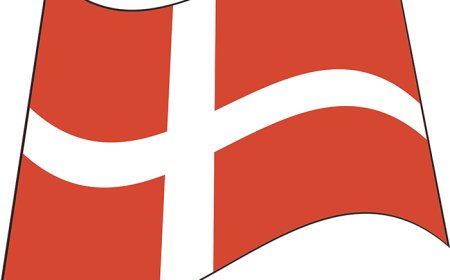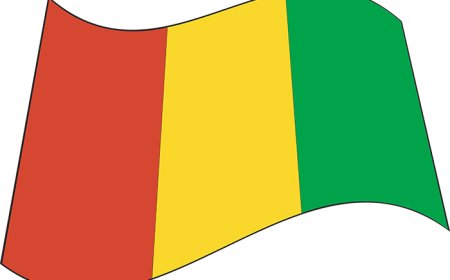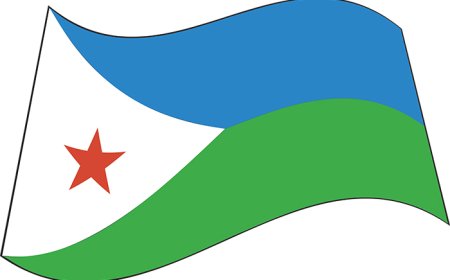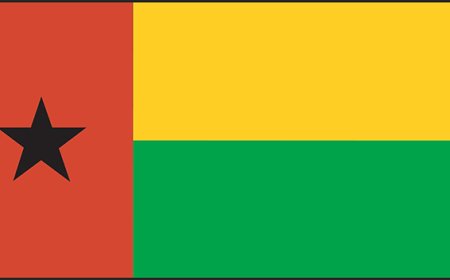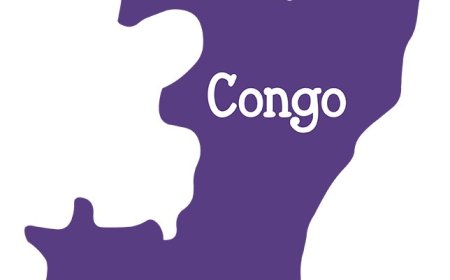Gabon for Students: Geography, Culture, and Wildlife of a Central African Nation
Explore the nature, people, and history of Gabon in this full student country profile. Includes quiz, vocabulary, and national education standards
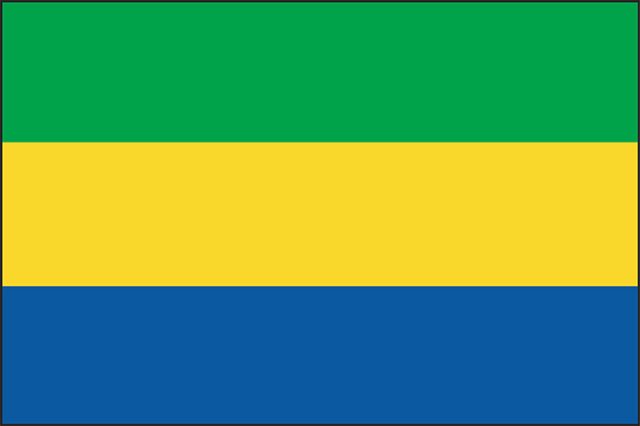
🌍 Introduction: A Country of Forests and Opportunity
Gabon is a peaceful and forested country in Central Africa, bordered by Equatorial Guinea, Cameroon, and the Republic of the Congo, with the Atlantic Ocean to the west. It is one of Africa’s most environmentally protected countries, with 13 national parks covering more than 10% of its land area. Though small in population, Gabon is rich in natural resources, particularly oil, minerals, and wildlife. It is known for its low population density, green landscapes, and ambitious efforts to balance economic development with environmental conservation.
🗺️ Geography and Environment
Gabon covers about 267,000 square kilometers (103,000 square miles), roughly the size of the U.S. state of Colorado. It lies along the equator, giving it a hot and humid tropical climate with heavy rainfall and dense rainforests.
The country’s geography features:
Coastal plains in the west
Thick equatorial rainforests covering most of the country
Rivers such as the Ogooué, which plays a major role in transportation and wildlife habitats
Rolling hills and small mountains in the interior
The climate supports incredible biodiversity. Gabon is home to:
Forest elephants
Gorillas
Chimpanzees
Buffalo
Leopards
More than 600 species of birds
Gabon’s national parks, including Loango, Ivindo, and Minkébé, protect animals in their natural environments. Loango is especially famous for its “surfing hippos” and elephants that wander the beach.
🏛️ Government, Language, and Population
Gabon is a presidential republic, but its political system has experienced long periods of single-family rule and limited political competition. In 2023, a major shift occurred when the military removed the president, promising reforms. The country is now in transition, aiming to create a more democratic system.
The capital city is Libreville, located on the Atlantic coast. Libreville is Gabon's largest city and the main center for government, education, and trade. The city is known for its French-inspired architecture, palm-lined boulevards, and access to the sea.
Gabon’s population is about 2.3 million people, one of the smallest in Africa, which means much of the country remains unspoiled by large-scale urban development. The main ethnic groups include the Fang, Myéné, Punu, and Nzebi. Most people live in urban areas near the coast.
The official language is French, but many people also speak local Bantu languages such as Fang, Punu, and Myéné. French is used in schools, business, and government, while local languages are spoken at home and in communities.
Gabon is a religiously mixed society, with most people identifying as Christian, especially Roman Catholic, though traditional African spiritual practices are still important in many regions.
🎭 Culture and Daily Life
Gabonese culture reflects a blend of French influence and traditional African customs. Music and dance are important in everyday life. Traditional music uses drums, xylophones, and horn instruments, while modern music styles include Afrobeat, hip hop, and rumba.
The country is also known for ritual dances like those of the Bwiti religion, a spiritual practice involving music, storytelling, and plant-based rituals. These traditions are especially significant in the interior forests and among Bantu-speaking communities.
Clothing styles range from Western fashion in cities to colorful woven fabrics and wrap skirts in rural areas. Markets sell local foods such as cassava, fish, bananas, yams, and smoked meats. Common dishes include nyembwe chicken, prepared in a sauce made from palm nuts, and plantain stews.
Families in Gabon are usually close-knit, and respect for elders is a strong cultural value. Many Gabonese children attend school, especially in urban areas, though access to education in rural zones remains limited.
📜 History: Colonial Legacy and Independence
Before European contact, Gabon was home to various Bantu-speaking kingdoms and communities, which lived along rivers and forests and practiced farming, fishing, and trading.
In the 15th century, Portuguese explorers were the first Europeans to reach the coast, followed later by French traders and missionaries. France eventually colonized the area, and Libreville was founded in the 1800s as a settlement for freed African slaves.
Gabon became part of French Equatorial Africa and remained under French control until gaining independence in 1960. The country’s first president, Léon M’ba, was succeeded by Omar Bongo, who ruled for over 40 years. His son, Ali Bongo, then took over, continuing the family’s political legacy until 2023.
Although the Bongo family brought some stability, many citizens have demanded greater democracy, transparency, and development. Today, Gabon is focused on transitioning to a new era of leadership and sustainable progress.
💰 Economy and Resources
Gabon’s economy is heavily based on oil production, which makes up about 80% of its exports and nearly half of its national income. Because of this, Gabon has one of the highest incomes per person in Africa, although that wealth is not equally shared.
In addition to oil, Gabon exports:
Manganese (used in steelmaking)
Timber
Gold and uranium
The government is working to grow other sectors, such as:
Eco-tourism, using its vast forests and national parks
Agriculture, to reduce reliance on imported food
Renewable energy, to protect the environment
Most rural Gabonese work in subsistence farming, growing crops like plantains, cassava, taro, and maize for family use.
🌿 Wildlife and Natural Beauty
Gabon’s natural environment is one of its greatest treasures. It is often called “Africa’s Eden” because of its untouched rainforests, rivers, beaches, and wildlife.
The country’s 13 national parks, created in 2002, are home to thousands of species:
Loango National Park (coastline, elephants, gorillas)
Ivindo National Park (waterfalls, rainforest species)
Minkébé National Park (elephants, forest animals)
Tourists, scientists, and conservation groups visit Gabon to explore its ecosystems and help protect endangered species like the western lowland gorilla.
📚 Vocabulary List
Word Definition
Biodiversity The variety of plants and animals in a certain area
Loango A famous national park in Gabon known for beach wildlife
Equator The imaginary line that circles the middle of the Earth
Subsistence farming Farming to feed one’s own family, not for sale
Libreville The capital city of Gabon
Bwiti A traditional spiritual practice with music and ritual ceremonies
French Equatorial Africa A former group of French colonies in central Africa
Manganese A mineral used to make steel stronger
🧒 Kid-Friendly Summary
Gabon is a green and peaceful country in Central Africa. It has lots of forests, wild animals, and beautiful parks. People speak French and local African languages, and many live in cities like Libreville. Gabon gets most of its money from oil, but it also protects nature and tries to take care of its animals and rainforests. Elephants, gorillas, and hippos all live in Gabon’s national parks!
🎯 Interactive Quiz: What Do You Know About Gabon?
1. What is the capital of Gabon?
a) Kinshasa
b) Libreville
c) Douala
d) Brazzaville
2. What covers most of Gabon’s land?
a) Deserts
b) Mountains
c) Rainforests
d) Grasslands
3. What ocean borders Gabon to the west?
a) Indian Ocean
b) Arctic Ocean
c) Pacific Ocean
d) Atlantic Ocean
4. What language is used in schools and government?
a) Spanish
b) Arabic
c) French
d) Swahili
5. What is Loango National Park known for?
a) Surfing and skiing
b) Wildlife and beach elephants
c) Coral reefs
d) Volcanoes
6. What is Gabon’s main export?
a) Diamonds
b) Coffee
c) Oil
d) Cotton
7. What religion includes ceremonies with music and plant rituals?
a) Christianity
b) Bwiti
c) Islam
d) Buddhism
8. When did Gabon gain independence from France?
a) 1945
b) 1957
c) 1960
d) 1980


















































